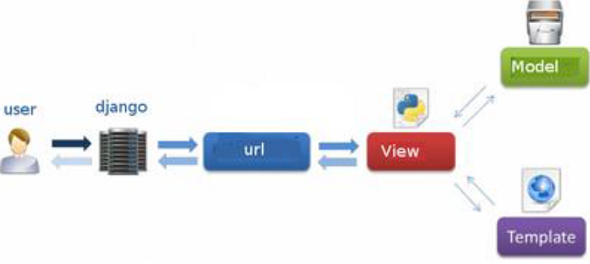MVC(Model–view–controller) is an architectural pattern commonly used for developing user interfaces that divides an application into three interconnected parts. This is done to separate internal representations of information from the ways information is presented to and accepted from the user. The MVC design pattern decouples these major components allowing for efficient code reuse and parallel development.
Traditionally used for desktop graphical user interfaces (GUIs), this architecture has become popular for designing web applications and even mobile, desktop and other clients. Popular programming languages like Java, C#, Python, Ruby, PHP have MVC frameworks that are used in web application development straight out of the box.
MVC is composed of following three components:
- The model is the central component of the pattern. It is the application's dynamic data structure, independent of the user interface. It directly manages the data, logic and rules of the application. The model is responsible for managing the data of the application. It receives user input from the controller.
- A view can be any output representation of information, such as a chart or a diagram. Multiple views of the same information are possible, such as a bar chart for management and a tabular view for accountants. The view means presentation of the model in a particular format.
- The third part or section, the controller, accepts input and converts it to commands for the model or view. The controller responds to the user input and performs interactions on the data model objects. The controller receives the input, optionally validates it and then passes the input to the model.
As an example, Django is one of the reference models based in MVC architecture for developing web app in Python.
Reference URL; https://www.tutorialspoint.com/django/django_overview.htm
